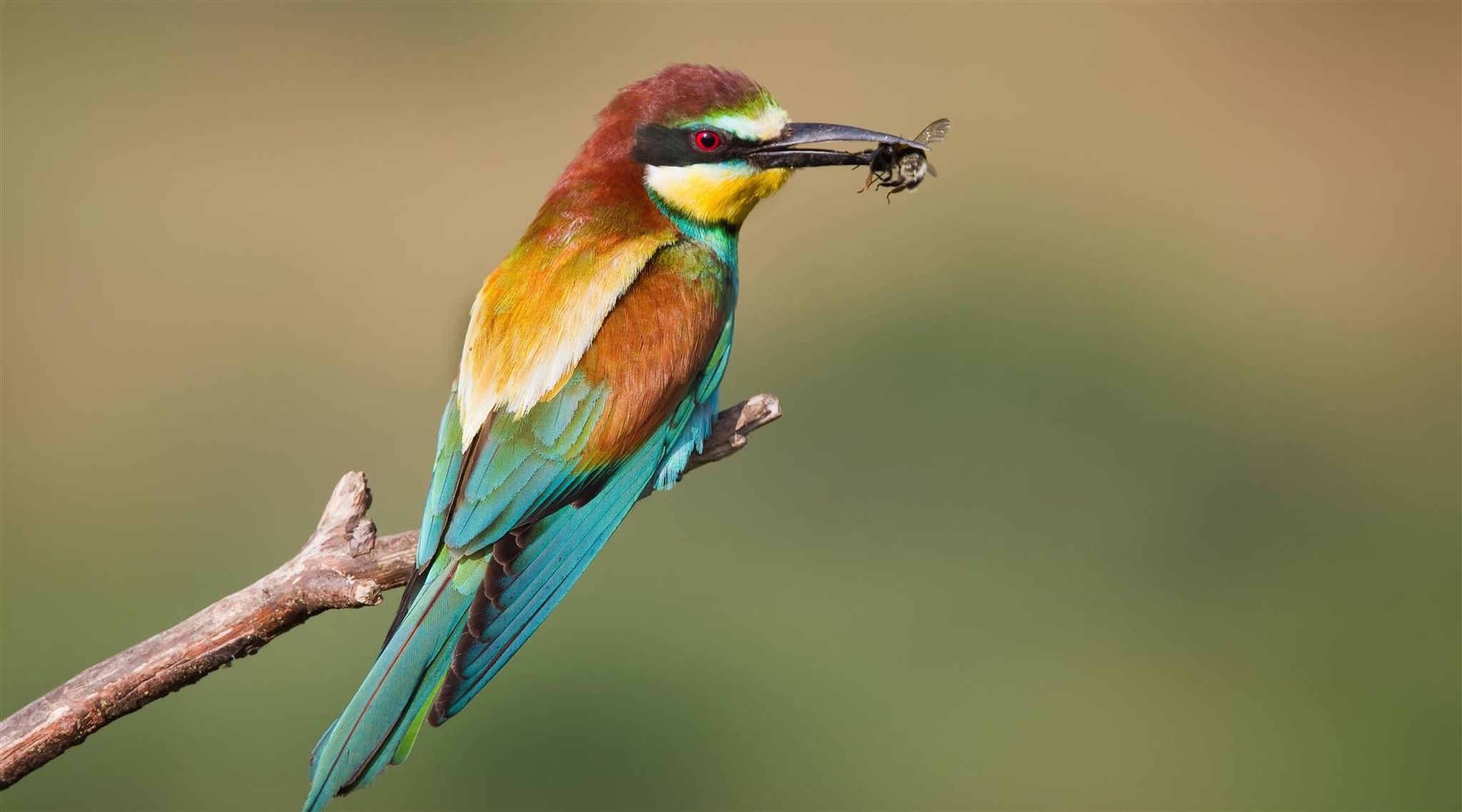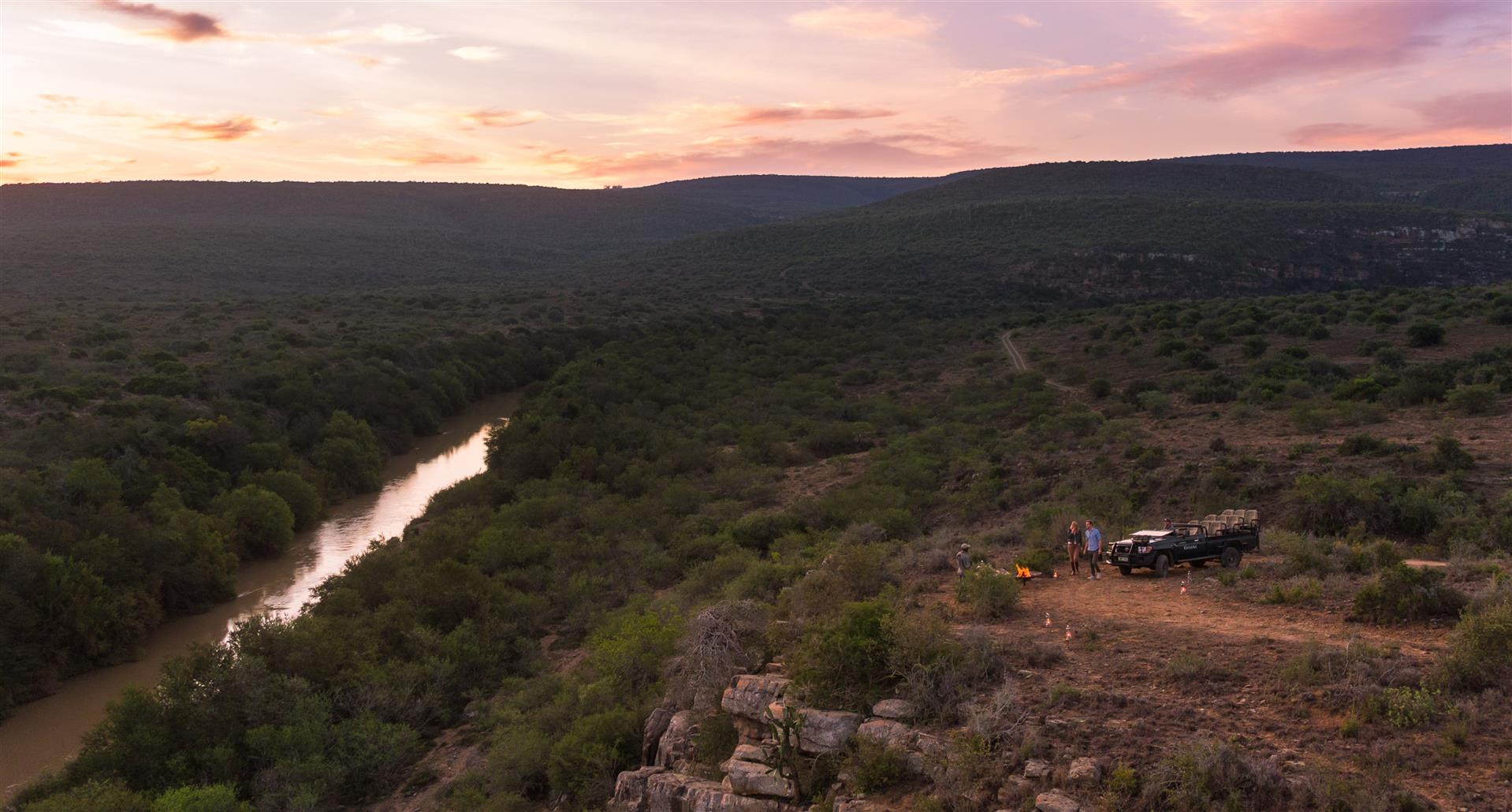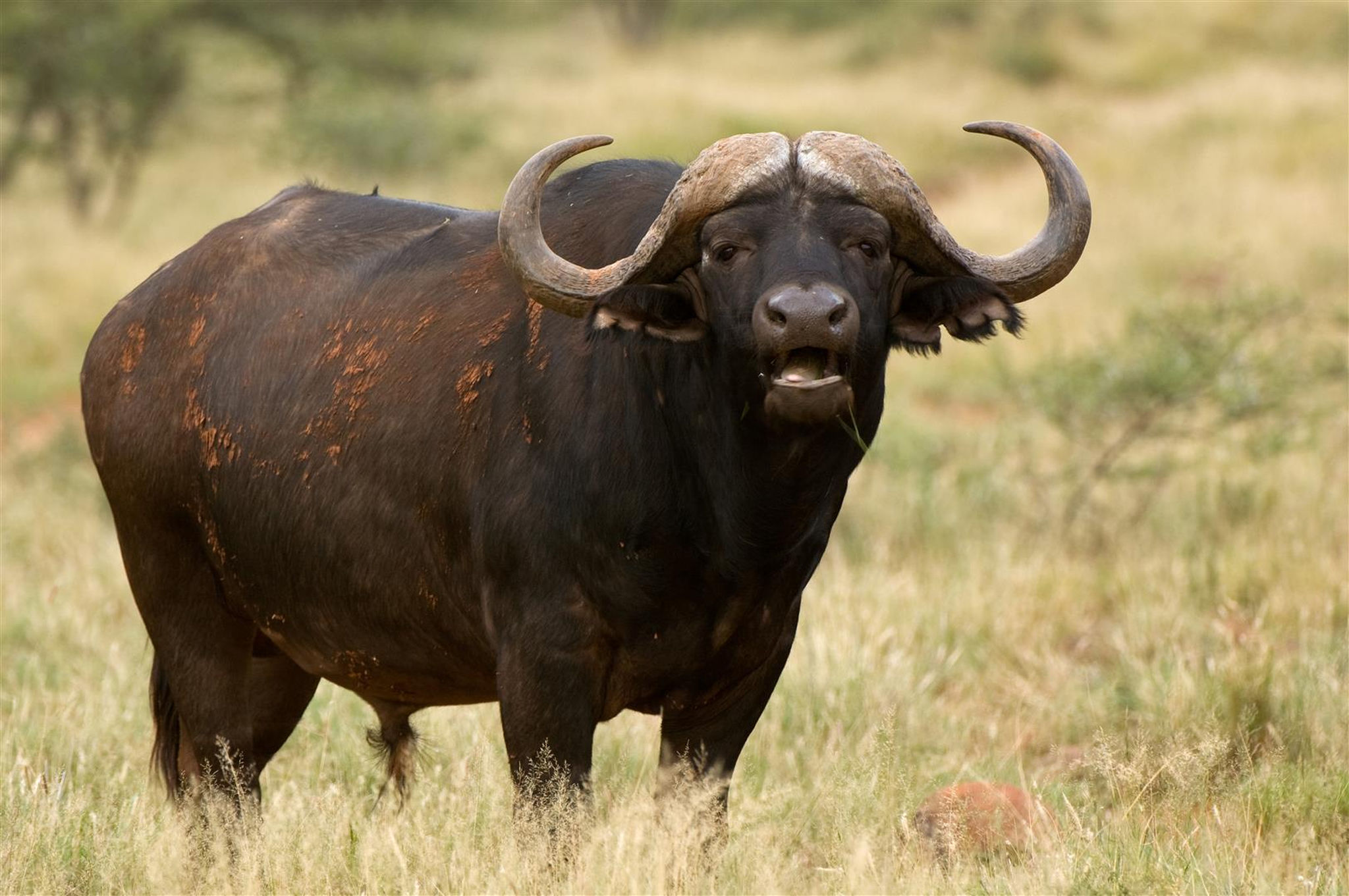
The Eastern Cape, South Africa‘s ‘wild province’, is a place of contrast. From uninhabited deserts as far as the eye can see to lush, tropical forests and wild beaches, the Eastern Cape will mold itself into your dream trip and to top that off – it’s easily accessed. This is a province so diverse in experiences and topography that it feels like a country of its own. Quaint and culture-filled towns scatter the province, perfect barrels roll out for surfers and malaria-free Big 5 safaris attract visitors from all ends of the globe. There’s a lot to do and see: here’s our complete Eastern Cape Guide and travel advices.
Our complete guide to the Eastern Cape of South Africa
Geography in South Africa
The Eastern Cape is a South African province which was formed in 1994 out of the Xhosa homelands together with the eastern portion of the Cape Province. It’s located in the south-east of the country and gets progressively wetter from east to west. One of the province’s greatest traits is that it is home to all seven of South Africa’s biomes – it’s no wonder the Eastern Cape is teeming with fauna and flora! These seven biomes of South Africa are grassland, savanna, succulent karoo, nama karoo, forest, fynbos, desert, and thicket and make the Eastern Cape one of South Africa’s most diverse provinces.


Culture in South Africa
The eastern and central part of the Eastern Cape are predominantly Xhosa. The province therefore has a strong cultural tie to the Xhosa traditions and is home to many important South African politicians, such as Nelson Mandela. Traditional African villages are scattered around its countryside and its undeveloped coastline ensuring an authentic experience for travelers. The Eastern Cape also reflects South Africa’s colonial past with traces of British and Cape-Dutch architecture and language. Our favourite cultural things to do in the Eastern Cape are visiting the Owl House in Nieu-Bethesda and attending the Grahams Town Art Festival.


Wildlife & Safari in South Africa
Many private reserves and national parks make up the Eastern Cape and make it one of the top destinations for action-packed safaris. Home to the Big 5 and other indigenous fauna and flora, the Eastern Cape is not only a wildlife haven but boasts a spectacular coastline, too. Wild and exquisite beaches are the prefect look-out points for whale and dolphin spotting during their migration periods.


Climate & When to go in South Africa
April is one of our favourite months to visit the Eastern Cape (although it’s pretty spectacular all year round) because it falls between the summer rains and the winter chill and it’s also a great time to see wildlife and simultaneously enjoy quiet beaches. July allows for attendance to events such as the Grahams Town National Arts Festival and Jeffreys Bay Surf Competition. September and October showcase spring wildflowers, temperatures haven’t soared too much in the Karoo, and it’s also a fantastic time to visit magical places like Hogsback.


Eastern Cape Guide: Top Destinations
The Sunshine Coast
- The Sunshine Coast is made up of charming seaside towns and a dramatic coastline along the 500km stretch from Tsitsikamma to East London. As its name suggests, the Sunshine Coast has year-round sun and is known for spectacular hiking, indigenous vegetation, bird life, surfing, abseiling, nature trails, rivers and its warm and inviting waters. Towns such as Kenton-on-Sea, Port Elizabeth, Oyster Bay, Port Alfred and Jeffreys Bay lie along this coastline and offer a unique beach getaway.

Kenton-On-Sea on the Eastern Cape of South Africa 
Aerial view of Port St Francis Private Game Reserves
- Private Game Reserves are scattered throughout the province capturing the seven biomes of South Africa and the great news is that they’re all in malaria-free environments. Marvel at the world renowned Big 5 and be spoiled for choice with the many reserves available. Embark on bush walks, game drives, go birding with over 400 species and make use of the special activities arranged for children. Each with their own unique characteristics, these are our favourite game reserves in the Eastern Cape: Kwandwe, Shamwari, Kariega and Lalibela.
-

Rhino viewing at Kwandwe Game Reserve 
Lion cubs at Kariega Game Reserve Addo Elephant National Park
- Addo Elephant National Park is South Africa’s third-largest national park. With over 600 elephant in the park, Addo has one of the highest densities of elephant on the planet. Look out for the Big 7, which include the southern right whale and the great white shark, and spot zebra, black rhino and hyena. Only an hour’s drive from the Port Elizabeth Airport, watch as landscapes vary from diverse Karoo with succulents and shrubs to rolling plains and subtropical forests.

Elephant family walking in Addo Elephant National Park, South Africa Wild Coast
- The Wild Coast is composed of a dramatic and rustic coastline and is not for the faint-hearted. A backpacker’s and adventure’s dream, the Wild Coast is perfect for spectacular hikes, birding, horse riding, cultural visits and surfing. This section of coast is 350km long and stretches from East London to Port Edward. Often referred to as the Transkei, the Wild Coast consists of many rural settlements and clusters of rondavels (huts) can be seen dotted around the rolling hills.

The Wild Coast of South Africa
Get in in South Africa
Another great aspect about the Eastern Cape is that no charter planes are needed to access its top destinations. Airports in Port Elizabeth and East London make the Eastern Cape safaris some of the easiest to get to. The Eastern Cape is also often self-driven. The roads are good in most parts of the province although it wouldn’t be the Wild Coast without a little bit of ‘off the beaten track’ charm.


Travel Tips & Important Travel Information
- No vaccines are essential, however we ask that you verify specific precautions with a certified doctor or travel clinic.
- A yellow fever certificate is required from visitors traveling from or through areas where yellow fever is prevalent.
- A South African visa is required to enter the country. Ensure you have arranged one in advance of your travels. Furthermore, proof of guardianship, custody or consent from a guardian is needed for unaccompanied minors. Children under the age of 18 years will also need an Unabridged Birth Certificate.
- Currency is in ZAR (South African Rand). Credit cards are widely accepted and ATMs can be found in all towns.

Our consultants at Rhino Africa have been to the Eastern Cape many times and are happy to answer questions or help tailor your trip. If this Eastern Cape Guide calls out to you, please don’t hesitate to contact us.

